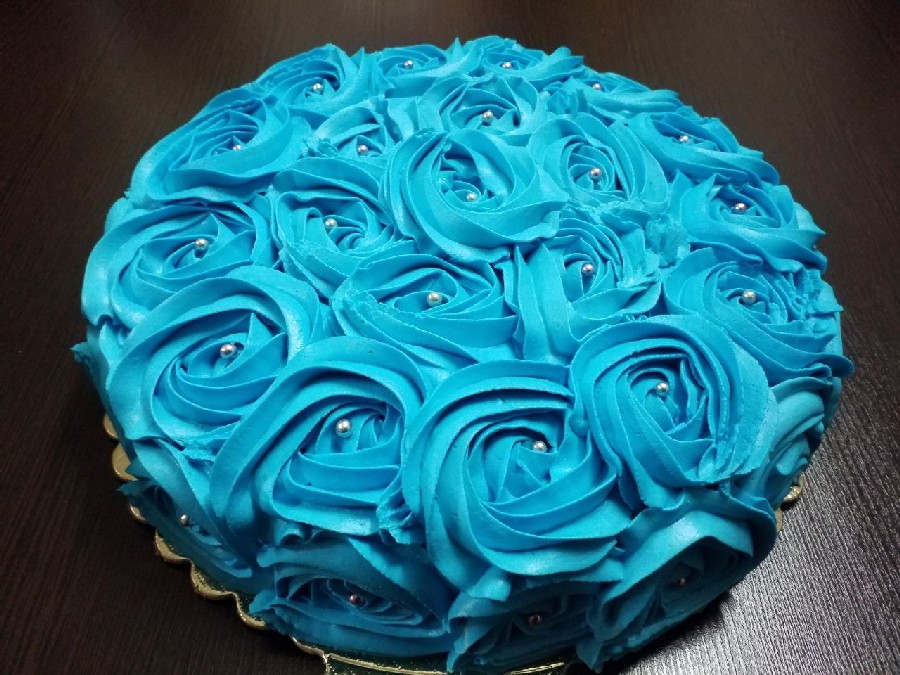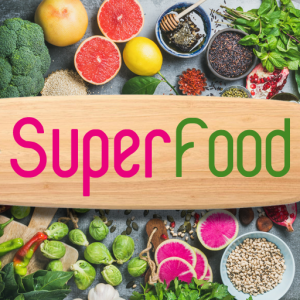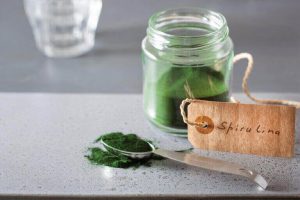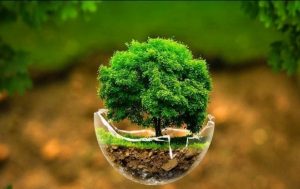Phycocyanin color is a natural color obtained from spirulina algae, that’s why it is sometimes called vegetable color. Natural color is one of the healthiest food additives because there are no chemicals that affect the body.
These colors are extracted from different parts of spirulina algae and are added to candies, drinks, gelatin powder, baked goods, and even cosmetics and pharmaceuticals. Since colors increase the attractiveness of food and encourage consumers In recent years, their use in the food industry has increased, and since artificial colors often cause various complications in consumers, the tendency to use natural colors to maintain the health of society is increasing in developed countries. For more information, refer to the exclusive spirulina magazine.
One of the most important main factors to evaluate the quality of food is color, smell and taste. Meanwhile, the color parameter is considered the most important main factor for the acceptance of the product by the customer. In some food items such as drinks, ice creams, jellies, chocolates and dairy products, the color factor is of particular importance.
Colors derived from mineral sources such as lead chromate and copper sulfate cause serious problems in people’s health. The consumption of artificial colors in terms of their residual presence in food, environmental pollution, low stability, sensitivity to environmental factors and also the use of not very useful materials in their formulation is decreasing day by day and food producers are using artificial colors. Naturally, they show more desire. Natural colors have the potential to replace synthetic colors in terms of positive effects on people’s health, nutritional and medicinal effects, lack of environmental problems and suitable market. Statistics show that the trade of natural colors and flavorings by the European Union in 2008 was 475 thousand tons equal to 2055 million euros. Carotenoids, beta-carotene, lycopene, xanthophyll, lutein, phycobiliproteins, annatto, flavonoids, anthocyanin, chlorophyll can be mentioned among the most important natural colors.
Phycocyanin is one of the natural pigments with a blue color, which is extracted from the spirulina platensis algae and can be used as a natural pigment in various food products such as gum, jelly, ice cream, chocolate, drinks, etc. In addition to the positive effects of this property, phycocyanin has therapeutic properties (strengthening the immune system, anti-inflammatory properties) and antioxidant and antibacterial properties, and it is possible to enrich different foods with this pigment.

The American Food and Drug Administration and the European Food Safety Institute and some national organizations have limited the use of artificial colors in drinks, foods and sweets. For this reason, paying attention to natural colors has been one of the main priorities of researchers. Among the natural colors, blue color is widely used in the beverage and confectionery industry, but due to the low stability of the aforementioned colors, artificial colors are still used. Cyanobacterium Spirulina platensis, besides being used in food industry, is also important as a blue pigment producer, and the said blue color is due to the presence of phycocyanin. The reason for interest in the commercial use of phycocyanin is its protein nature and easy extraction methods. For this reason, the use of phycocyanin to increase food safety is always considered. In addition, due to its high antioxidant properties, phycocyanin can be used as a natural antioxidant in all types of fatty foods, including oil and fish, and it delays the chemical spoilage caused by the increase in peroxide, thiobarbituric acid and free fatty acids. This method increases the shelf life of food.
The study regarding the comparison of chemical blue dyes and phycocyanin in terms of sensitivity to light and temperature, as well as their use in a variety of food products such as candies, gels, as a coating for soft and hard chocolates and simple drinks, showed that phycocyanin, although in a laboratory solution environment, It has less stability against light and temperature than common blue colors such as indigo and gardenia, but when used in the aforementioned foods, it has more acceptance, especially in the case of jelly candy and soft chocolate coating. When phycocyanin is placed in a laboratory solution, it shows very low stability against light and temperature. On the other hand, this pigment is precipitated at pH=3 and at temperatures above 45 degrees and pHs of 5 and 7, it is rapidly denatured and its color changes.
As a natural color, phycocyanin color increases durability and survival, lacks the effect of environmental factors such as pH, light, and oxygen on micro-coated materials, releasing materials enclosed in the wall, and thus has a greater impact on the quality of food. Carbohydrates, cellulose, gums, fats, proteins and food grade polymers are used as wall or carrier material.
What are the properties of the blue color of spirulina or phycocyanin as a natural color?
For years, people in the world have been consuming spirulina (Arthrospira platensis) due to its high concentration of vitamins, minerals, protein and chlorophyll. It has been a staple of diets in Mexico and Chad, and consumers around the world still buy spirulina in pill and powder form.
But spirulina has a valuable derivative inside, and that blue color of spirulina is a pigment called phycocyanin, which is extracted from the green algae spirulina (Arthrospira platensis) that grows in lakes, springs and ponds. This is a very rare pigment found only in spirulina and a few other species of blue-green algae. Other green plants such as chlorella, wheat and barley grass do not contain phycocyanin. Phycocyanin gives spirulina a slightly bluish color. Because of its strong pigmentation, phycocyanin also acts as a natural blue food coloring. However, in addition to the beautiful pigment, phycocyanin also has strong anti-inflammatory properties and rich antioxidant content, making blue spirulina not only an attractive colorant, but also a truly nutritious superfood to support your health and well-being. Preparing delicious food without using added chemicals.
Characteristics of the natural color of spirulina:
The primary pigment of spirulina is a protein called phycocyanin, which gives it its turquoise or blue color. Manufacturers often see spirulina extract coloring in this shade, but that doesn’t mean spirulina blue can’t be the base for other colors. It can be mixed with yellow to make green, or mixed with red to get shades of lavender or purple.
Although spirulina opens up a new world of natural colors, this ingredient is not going to work well in every product and like all natural colors has its limitations. Spirulina is usually not stable in beverages, either because of the acidity of the beverage or because spirulina simply settles in liquid products. (Alternatively, drinkable powders are a good alternative.) Spirulina does not withstand high heat conditions. Conditions that work well for spirulina staining are alkaline or neutral in pH. Products that are fixed in shape, such as non-extruded grains and gelatin, must hold the color in place and prevent it from moving to different parts of the product. Contact us to buy spirulina color.











